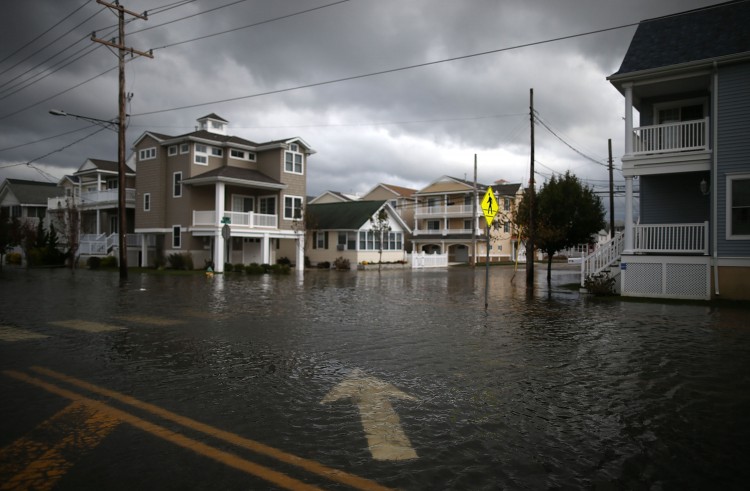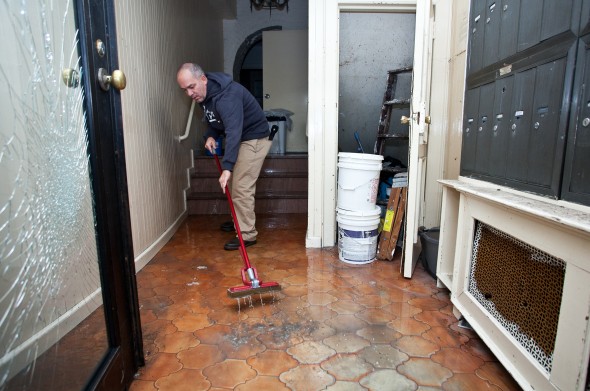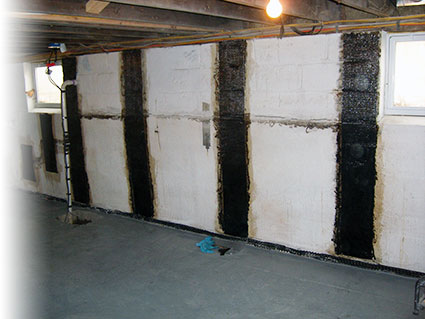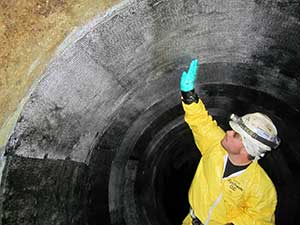Rebuilding and Reinforcing After Hurricane Sandy
In the aftermath of Hurricane Sandy, the catastrophic storm that left devastation in its wake just weeks ago, there’s a palpable surge in construction activity across the affected regions. The impact of Sandy was nothing short of devastating, with widespread flooding, extensive property damage, and tragic loss of life. As with past natural disasters, Sandy has irrevocably reshaped the lives of countless individuals. Rebuilding in the wake of such a disaster is an enormous challenge, one that is likely to span years and require billions of dollars in investment. Despite the enormity of the task, it's time to stand tall, confront the adversity head-on, and begin the critical work of restoring the northeastern United States. This involves reinforcing our infrastructure to better withstand future natural disasters in the coming years and decades.
Tom Jeffery, Chief Hazard Scientist at CoreLogic Inc., aptly described this phase as "the most adverse way you ever want to see positive growth." He pointed out that a significant portion of the damaged properties will undergo repairs and restorations. CoreLogic, a real estate information services company based in Irvine, California, estimates that the coastal areas most severely impacted by Sandy are home to about 95,000 properties worth roughly $40 billion. The massive influx of water breached levees, undermined foundations, and flooded basements across these regions.
While the focus remains on residential properties, commercial structures such as walls, floors, and parts of the transit system also need reinforcement and crack confinement. The corrosive nature of the saltwater intrusion poses a serious threat to steel components in these structures, jeopardizing their structural integrity unless adequately sealed and fortified. Here, HJ3 Civil composite systems play a pivotal role in ensuring the long-term resilience of these critical infrastructures.
Beyond residential repairs, key areas of construction include installing flood gates at sewage treatment plants and reinforcing underground water pipes and manholes. This is especially crucial for New York City’s combined sewage system, which consists of older plumbing infrastructure prone to being overwhelmed during heavy rains. Just a quarter-inch of rain can trigger Combined Sewer Overflows (CSOs). HJ3’s CarbonSeal industrial composite systems are vital in structurally strengthening Prestressed Concrete Cylinder Pipes (PCCP) and manholes, fortifying them against failures due to aging infrastructure stress.
Sandy’s immediate losses, compounded by the intensity of its winds and storm surge, have dealt a harsh blow to a nation still recovering from the lingering effects of a recent economic downturn. Yet, the strength, resilience, and unity of the American people have always shone through during times of crisis. Our thoughts and prayers go out to those enduring hardships, and we remain hopeful that a stronger, more resilient population, coupled with enhanced infrastructure, will emerge victorious from the challenges posed by Hurricane Sandy.

Streets remain flooded after Hurricane Sandy on October 30, 2012, in Ocean City, New Jersey. (Mark Wilson/Getty Images)

This homeowner in New York's Lower East Side cleans up after Hurricane Sandy on October 31. (Amal Chen/The Epoch Times)

The Stronghold residential composite systems prevent walls from further bowing and confine cracks

HJ3's CarbonSeal systems structurally strengthen underground pipes and manholes, preventing breaks or collapse
â€
Exhaust Manifold,Exhaust Manifold In Car Engine,Turbo Exhaust Manifold,Exhaust Manifold Price
Ningbo Maixun International Trade Co., Ltd , https://www.nbmachinery.com